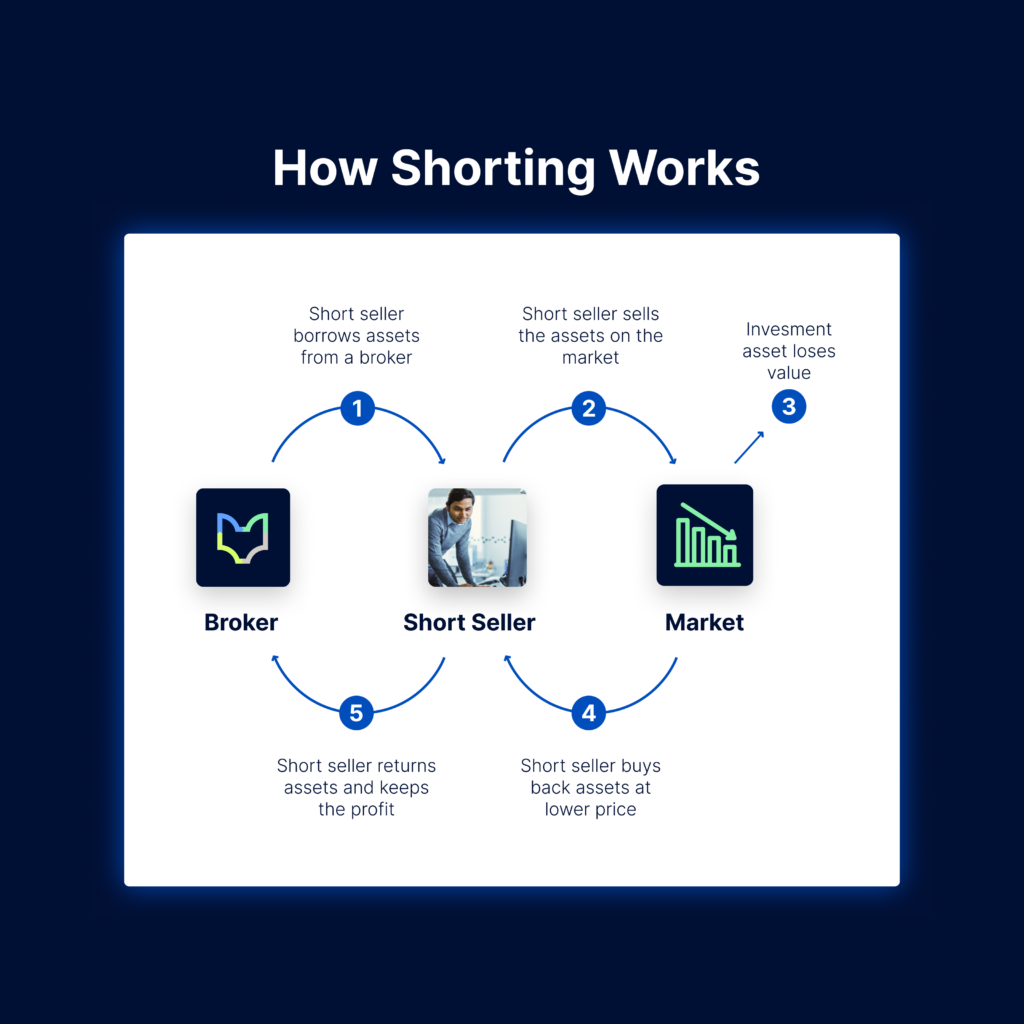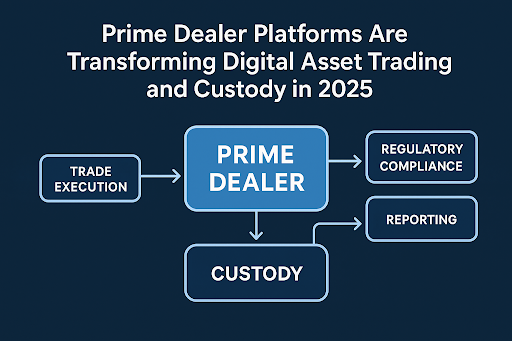Bitcoin and digital assets continued to dip following the release of the U.S. Bureau of Labor Statistics consumer price index (CPI).
After weeks of reduced volatility, cryptocurrencies are likely to see sharp price changes in the short to medium term. That’s great news for short sellers that are betting against the market.
According to Blockworks, in June 2022, short sellers bet more than $631 million cumulatively on the continued descent of six top crypto stocks, accounting for 39% of their collective trade volume for the day.
When the market is going through a prolonged bear market, Shorting is one of the strategies to maintain a source of income from trading and manage risks.
This article will cover the fundamentals of Shorting and how you can short-sell Bitcoin and Ethereum on the sFOX platform.
What is Shorting?
With crypto being so volatile, opportunities are limited when it comes to hedging risk.
Shorting (or short-selling) is borrowing an asset from a third party, selling that asset on the open market, rebuying it later at a lower price, and then returning the loaned amount to the third party. Traders who enter a short position expect the asset’s price to decrease, meaning they are “bearish” on that asset.
Borrowing requires collateral: the trader will generally have to pay interest on the value of the borrowed amount while the short position is open.
Typically, shorting is a series of actions involving borrowing and trading:
- Requesting to borrow funds to short with
- Posting/locking some collateral for the loan
- Receiving the borrowed funds
- Selling the borrowed funds
- Repaying the loan

Once the borrowed funds are sold, you “short” that asset.
- If the price of that asset falls, you will be able to re-purchase the loan amount and repay it using fewer funds than you sold it for.
- Your profit is the difference between where you initially sold and where you rebought.
The upsides and downsides of shorting
Shorting enables traders to remain active and profitable regardless of the market conditions and allows passive investors to mitigate the risk of drawdowns on their long-term holdings.
However, there are several risks to consider when shorting. One of them is that, in theory, the potential loss on a short position is infinite. If you’re shorting a borrowed asset and the price increases and keeps going up, you’ll keep incurring losses. However, most platforms will liquidate your position before you’d arrive at a negative balance.
How to short-sell Bitcoin and Ethereum on sFOX
If you’re considering short-selling Bitcoin or Ethereum on sFOX, the process is uniquely automated and frictionless. If your account is shorting qualified, you will be able to see which currency pairs you can short in the currency pair selector.

The entire flow is abstracted into net balances and no discrete actions to request loans, receive them, move the funds, and trade are required.
As long as you have sufficient collateral, you can borrow funds by simply spending beyond your account’s balance of that asset.
For example, you have 1 Bitcoin (BTC) in your balance, and you sell 3 BTC. You now have a balance of -2 BTC, indicating that you have borrowed 2 BTC.
Any negative balance will automatically be translated into borrow, and a loan will be created for that amount.
Shorting on sFOX allows you to short with full security and compliance. sFOX is a regulated and compliant platform that prioritizes client safety – all positions are over-collateralized to keep users safe.
If you’d like to try out Shorting on sFOX, you can simply sign in to your account and enable shorting via the UI prompt. If you are not prompted, message our team at support@sfox.com and inquire if your account is eligible for shorting.



